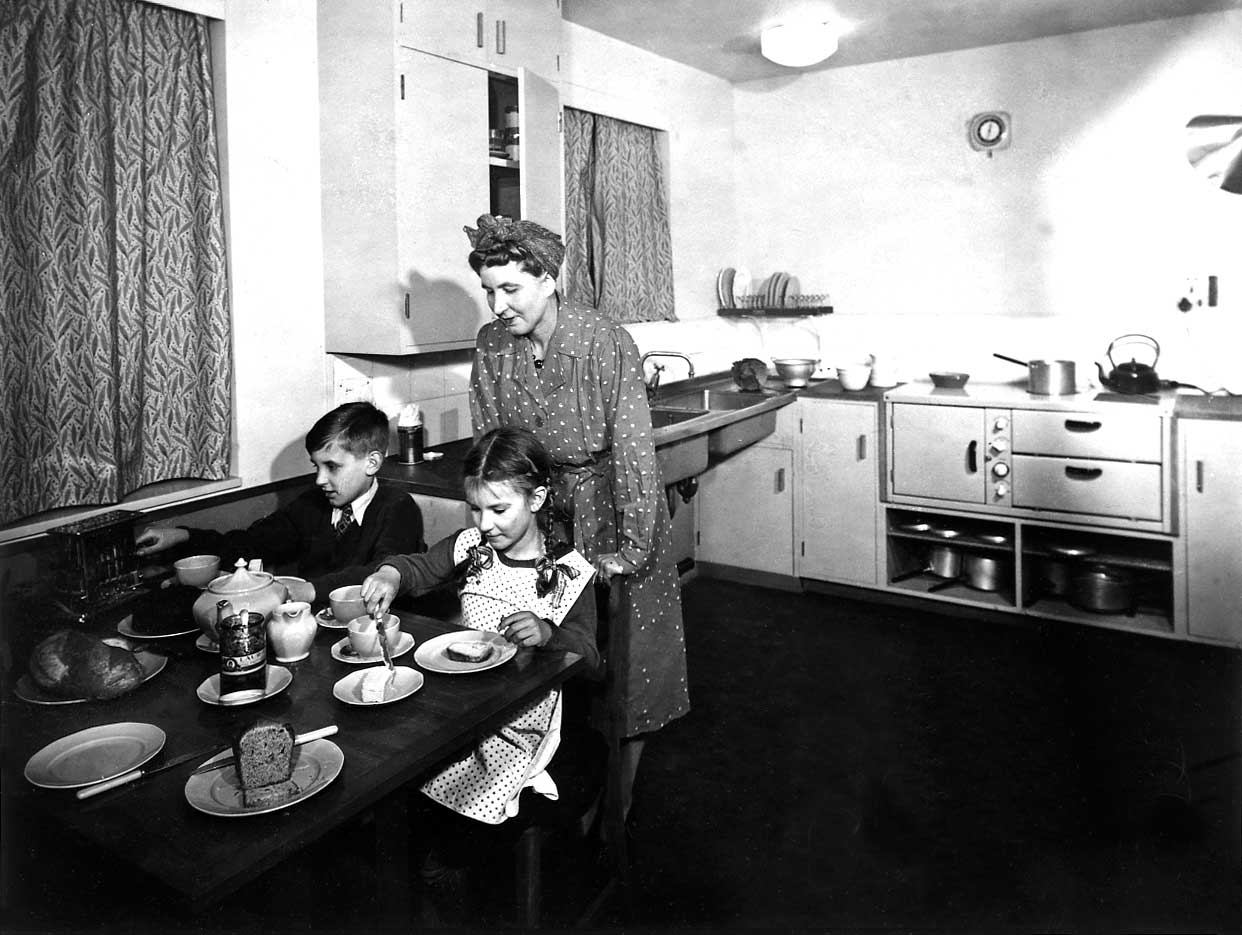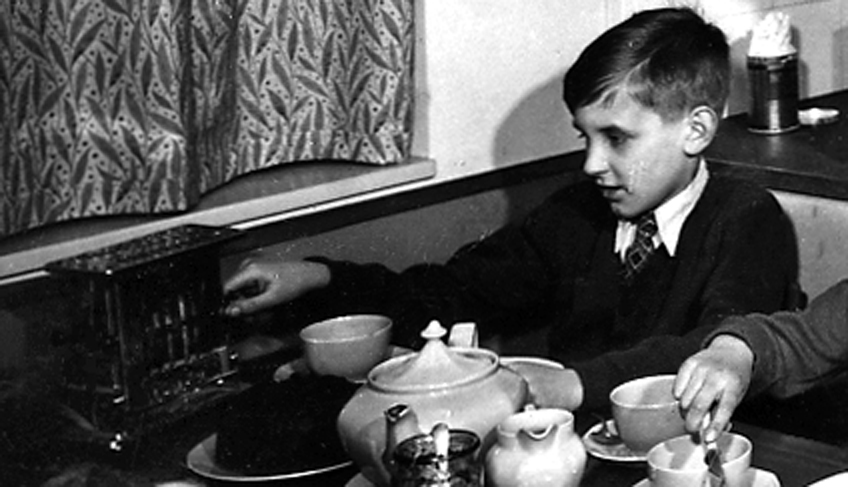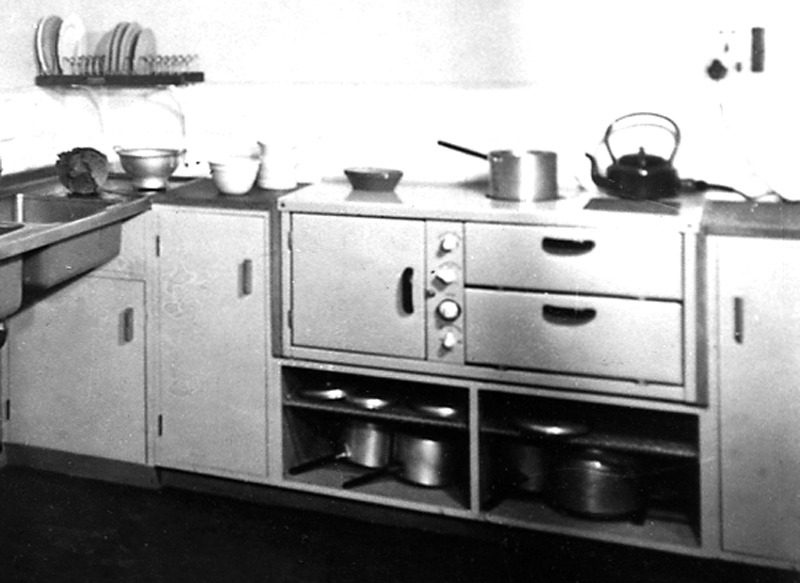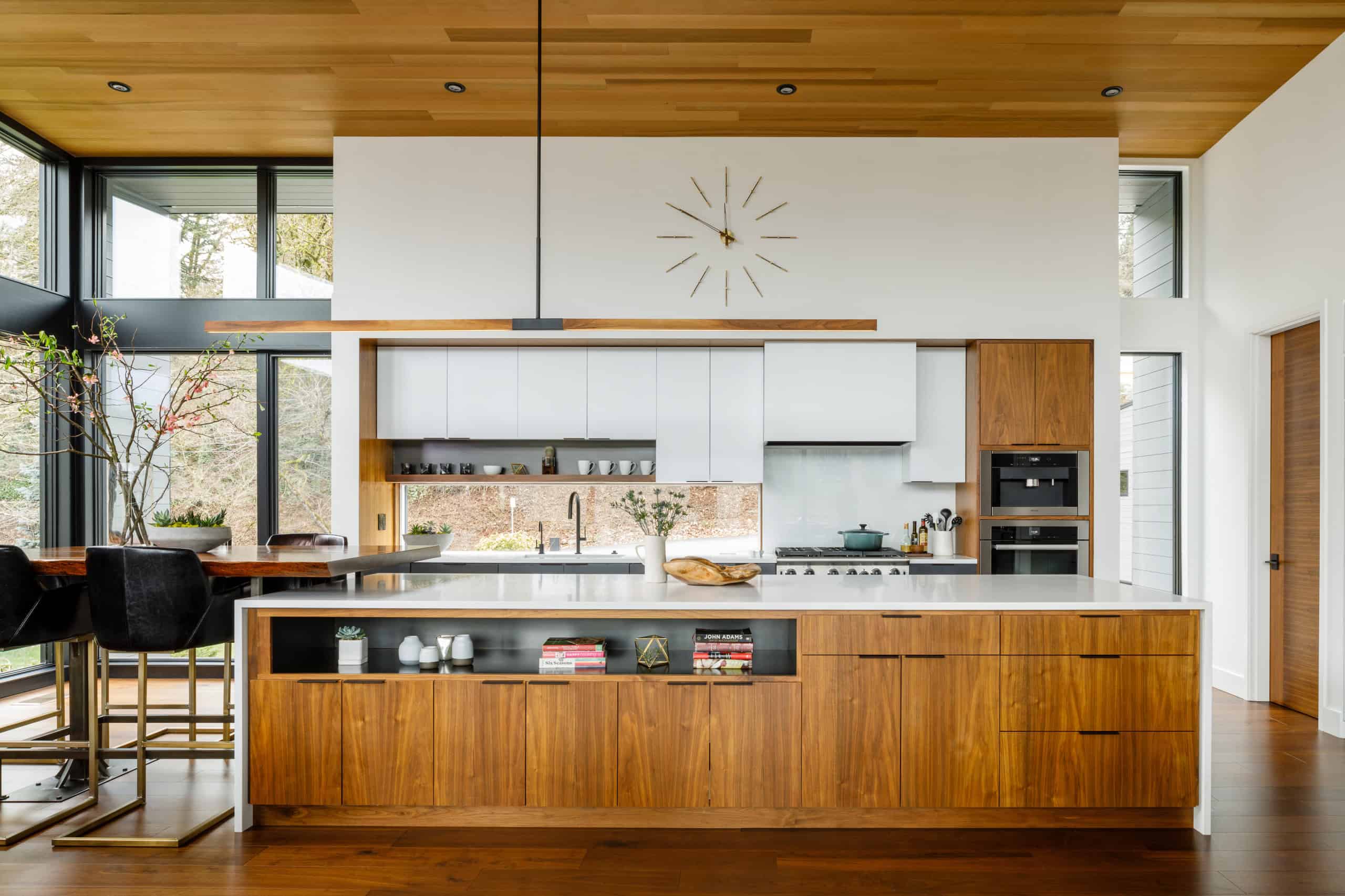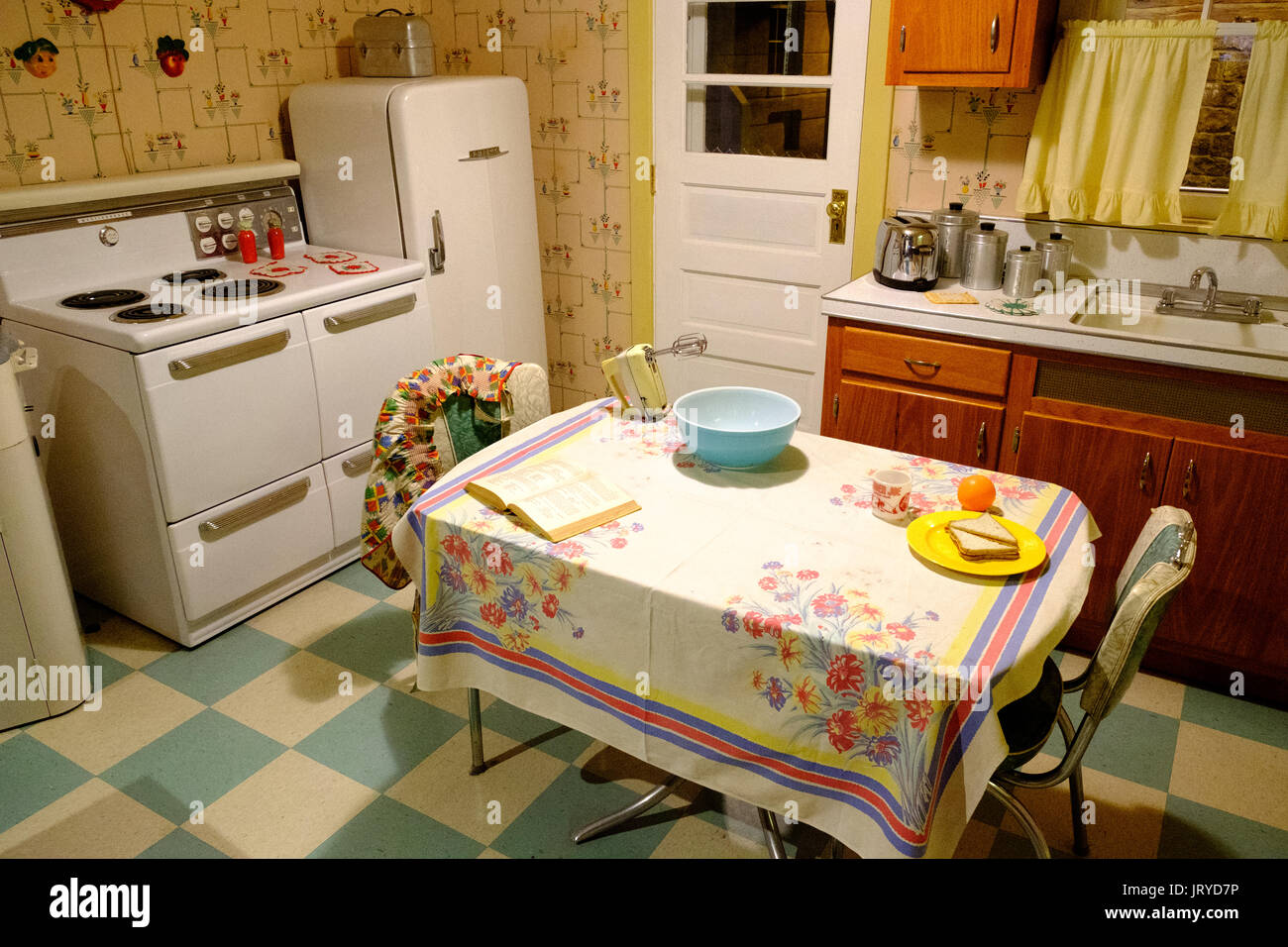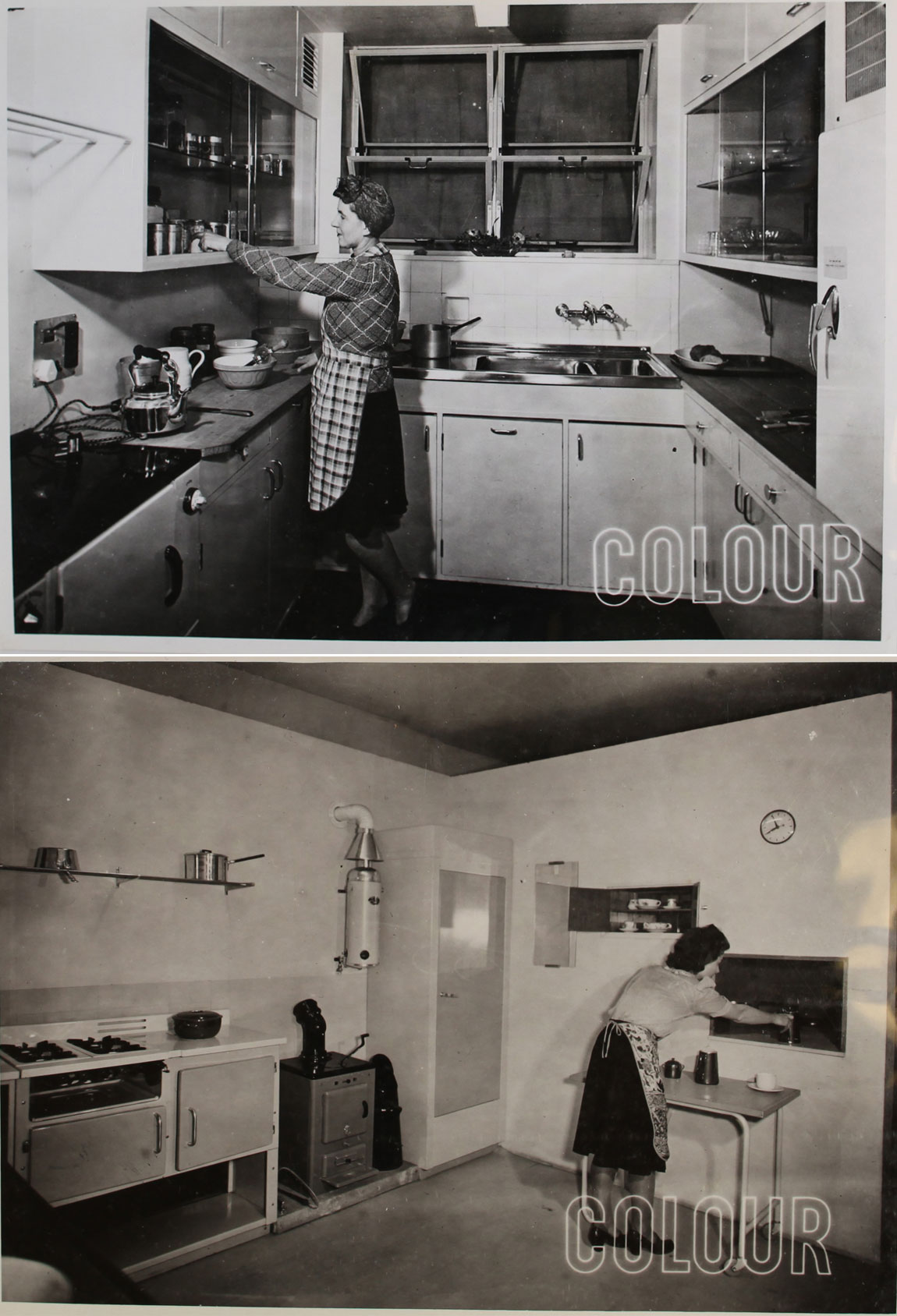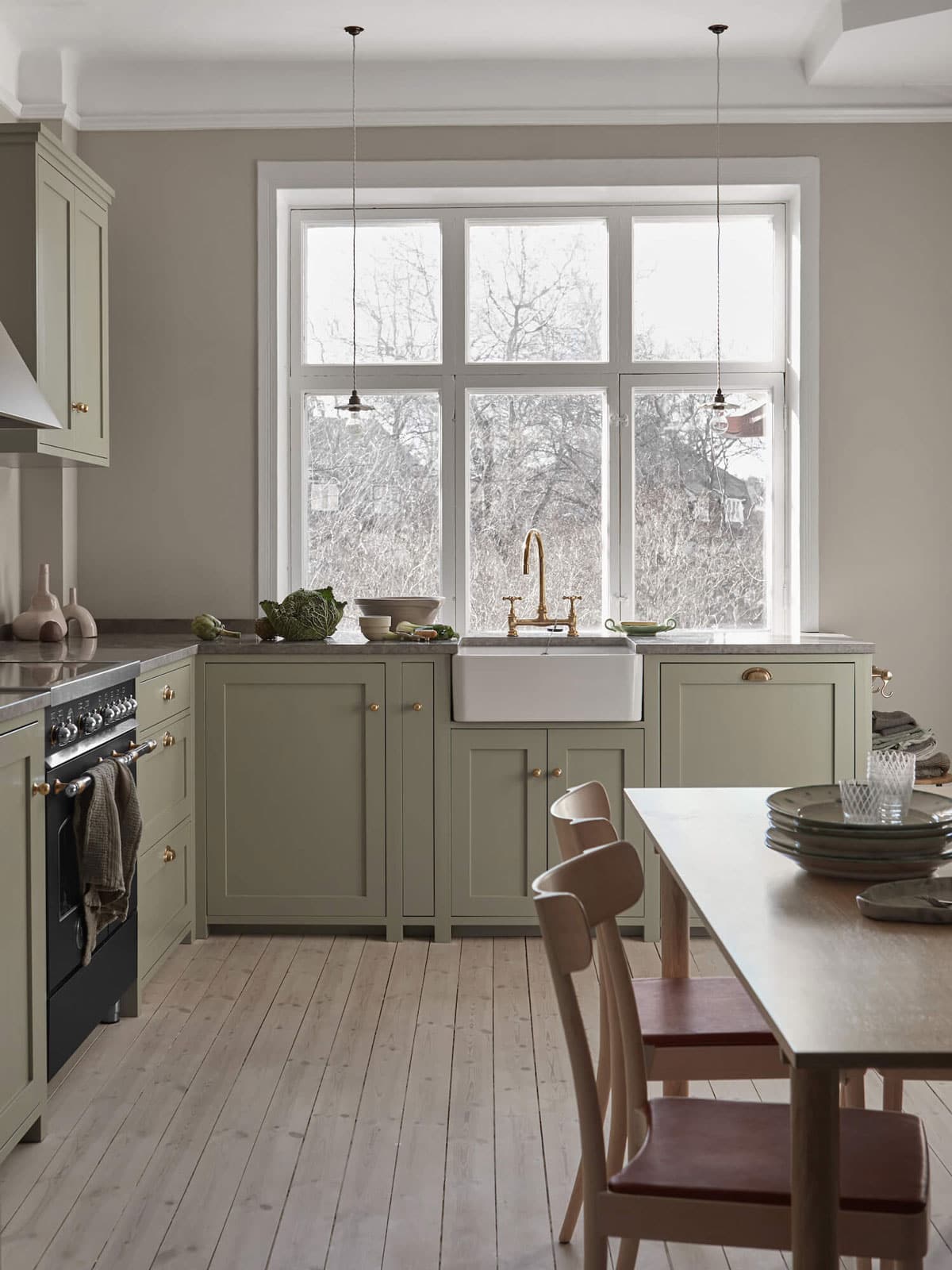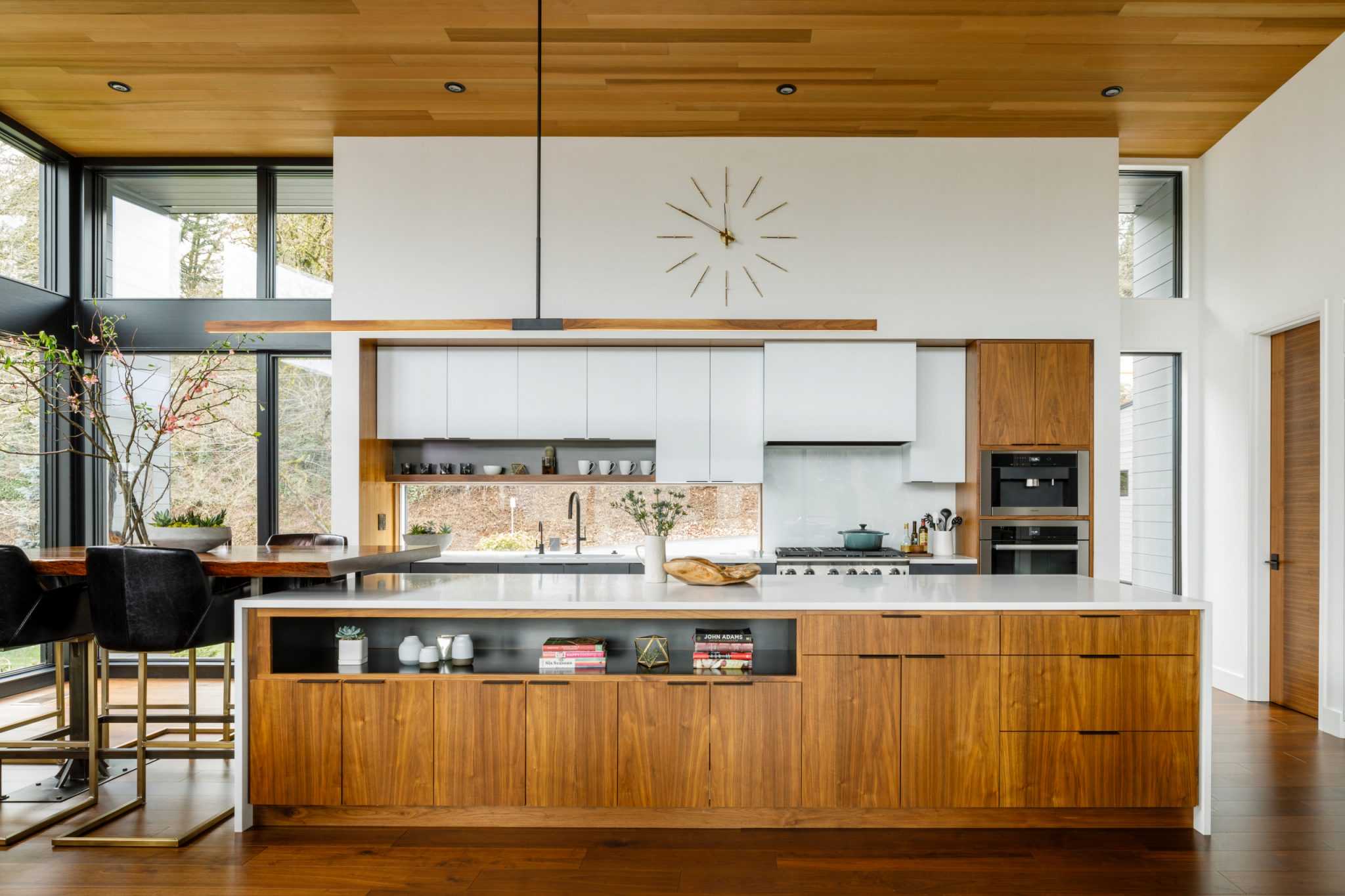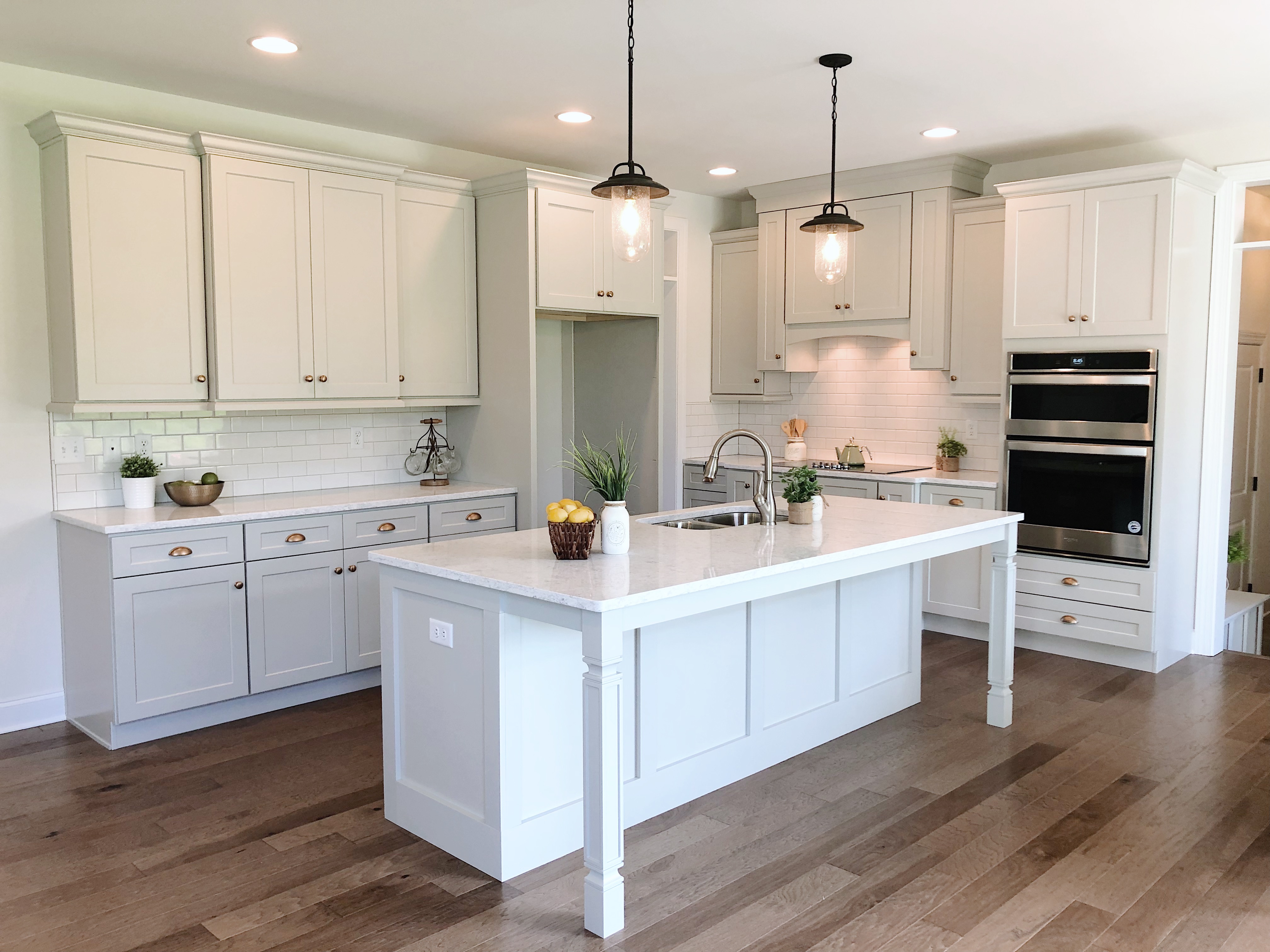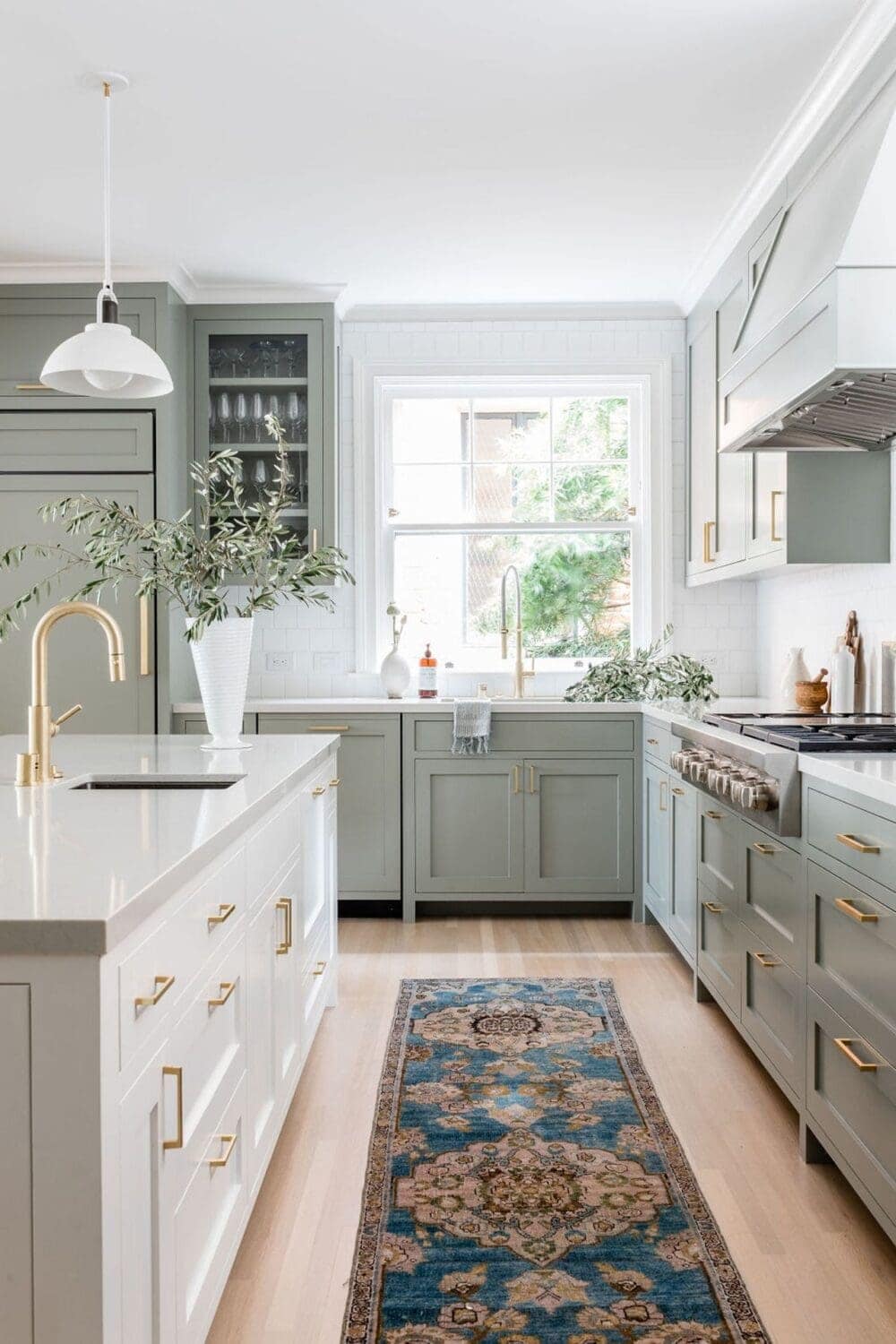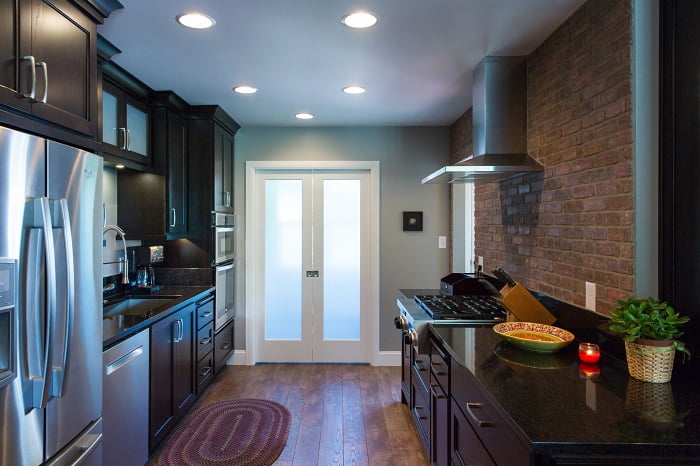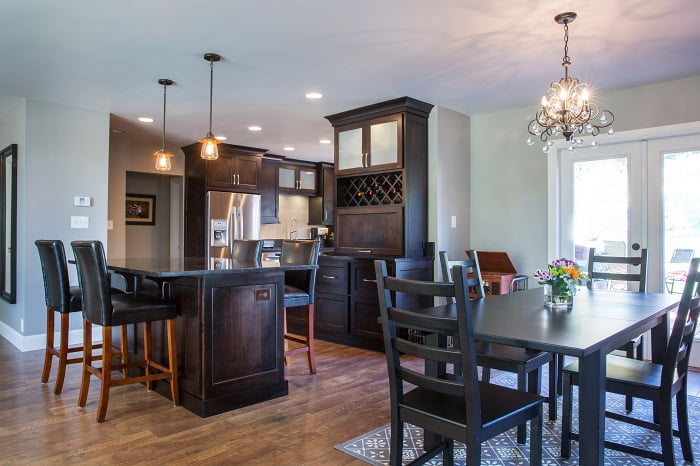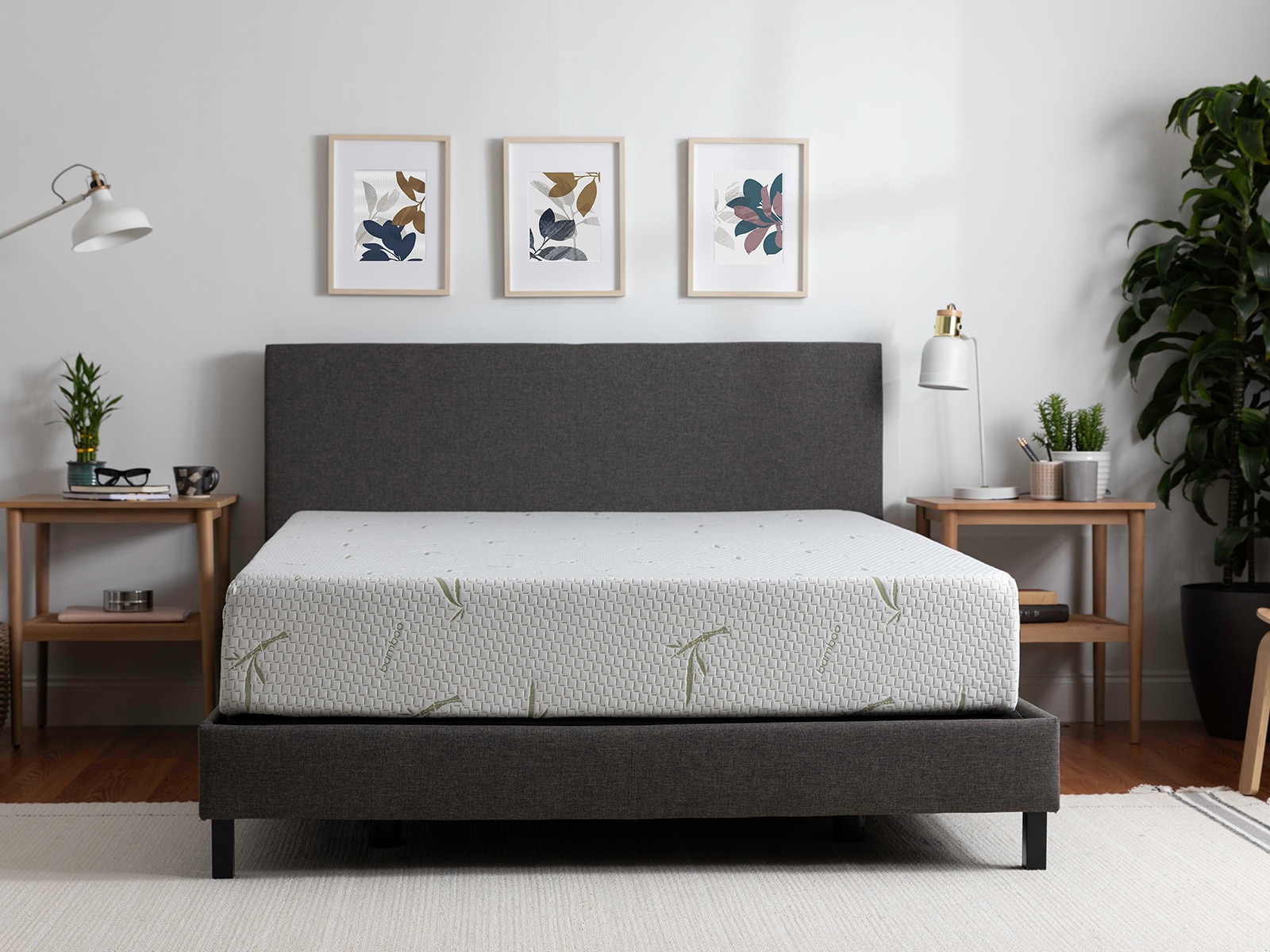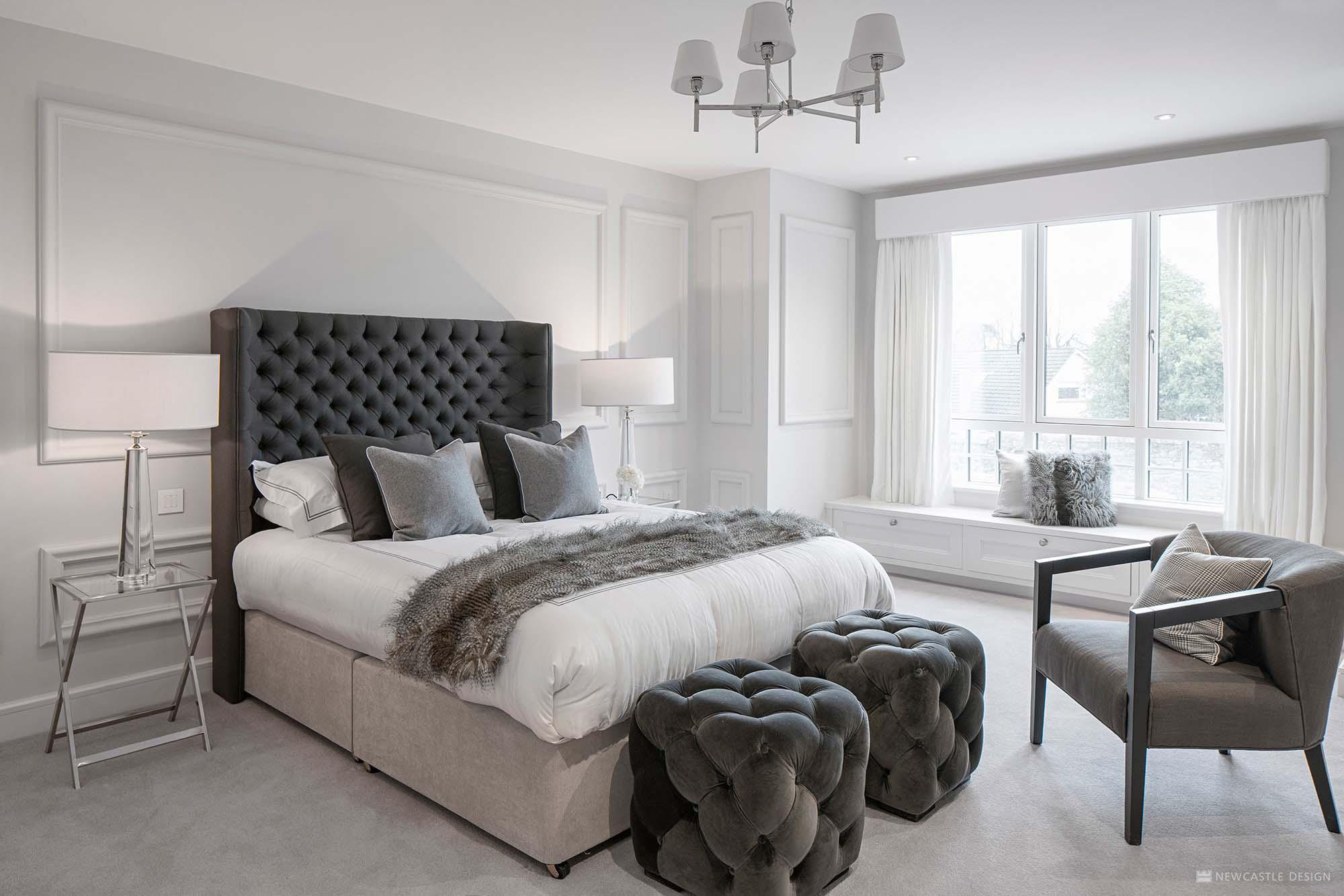After the end of World War II, many people were looking to rebuild and create homes that were both functional and stylish. This led to the rise of post-war kitchen design, which incorporated new materials, layouts, and color schemes. If you're thinking of renovating your kitchen in a post-war style, here are some ideas to inspire you.Post-War Kitchen Design Ideas
When renovating a post-war kitchen, it's important to maintain the overall aesthetic while also incorporating modern updates. This can be achieved by keeping key features such as cabinets and countertops, but updating with new hardware and appliances. It's also important to consider the layout and flow of the space to ensure it is functional and efficient.Post-War Kitchen Renovation Tips
One of the biggest trends in post-war kitchen design is the use of bright and bold colors. This was a way for people to bring some joy and optimism into their homes after the hardships of the war. Popular colors include shades of blue, green, and yellow. Another trend is the use of open shelving, which adds a modern touch while also showcasing beautiful dishes and cookware.Post-War Kitchen Design Trends
If you're looking for inspiration for your post-war kitchen design, look to the iconic homes of the 1950s. These homes often featured clean lines, bright colors, and a mix of materials such as wood, metal, and tile. You can also take inspiration from vintage kitchen advertisements and magazines from the era.Post-War Kitchen Design Inspiration
There are a few different styles that fall under the post-war kitchen design category. The most popular is mid-century modern, which is characterized by clean lines, geometric shapes, and a mix of materials. Another style is retro, which incorporates bold colors and fun patterns. And for a more classic look, consider a traditional post-war kitchen with wooden cabinets and a neutral color palette.Post-War Kitchen Design Styles
During the post-war period, there was a shift towards using modern materials in home design. For kitchens, this meant incorporating materials such as stainless steel, laminate, and Formica. These materials were durable, easy to clean, and gave kitchens a sleek and modern look. Of course, wood was still a popular choice for cabinets and flooring.Post-War Kitchen Design Materials
The layout of a post-war kitchen is an important aspect to consider when renovating. As open-plan living became more popular, many kitchens were designed to be connected to the dining and living areas. This allowed for easier entertaining and a more spacious feel. Another common layout is the galley kitchen, which is a long, narrow space with counters and cabinets on either side.Post-War Kitchen Design Layouts
As mentioned, bold and bright colors were popular in post-war kitchen design. But there were also some popular color schemes that emerged. One was the use of two-tone cabinets, with the upper cabinets being a different color from the lower ones. Another was the use of complementary colors, such as blue and orange or green and pink.Post-War Kitchen Design Color Schemes
In the post-war era, there was a greater focus on convenience and efficiency in the kitchen. This led to the creation of new storage solutions, such as pull-out drawers and built-in pantry cabinets. These features not only made it easier to access items, but also helped to keep the kitchen clutter-free.Post-War Kitchen Design Storage Solutions
Lighting is an important aspect of any kitchen design, and in the post-war era, there were some unique and stylish options. Pendant lights were popular, as were track lighting and recessed lighting. Many kitchens also had a central ceiling light that provided general illumination, while under-cabinet lighting was added for task lighting. Incorporating these post-war kitchen design ideas into your renovation can help you create a beautiful and functional space that pays homage to the past while still feeling modern. And with a little creativity and inspiration, you can transform your kitchen into a true post-war gem.Post-War Kitchen Design Lighting Ideas
The Evolution of Post-War House Kitchen Design
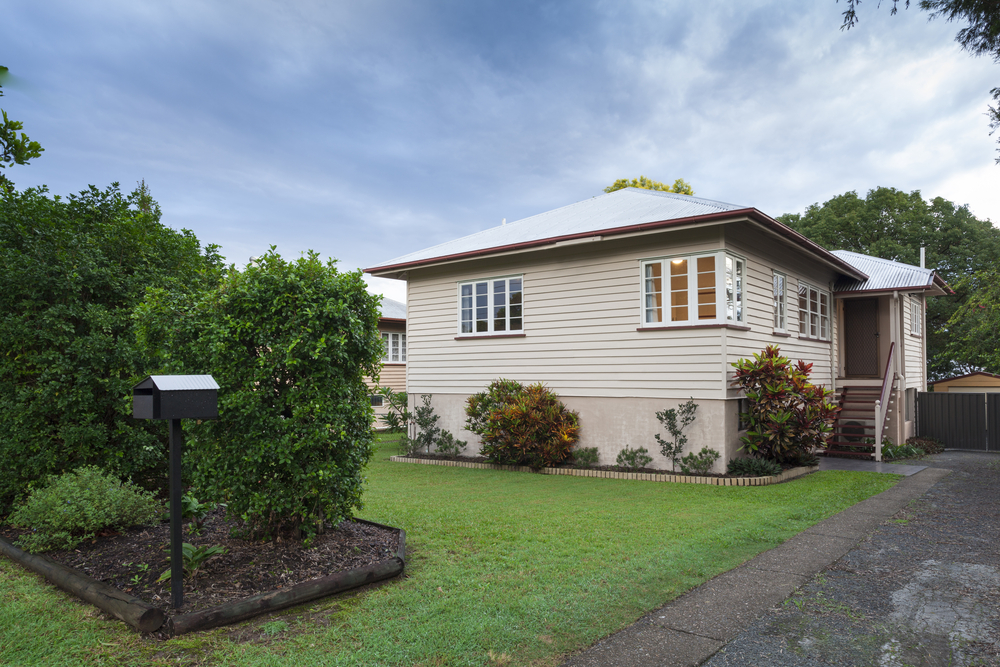
The Aftermath of World War II
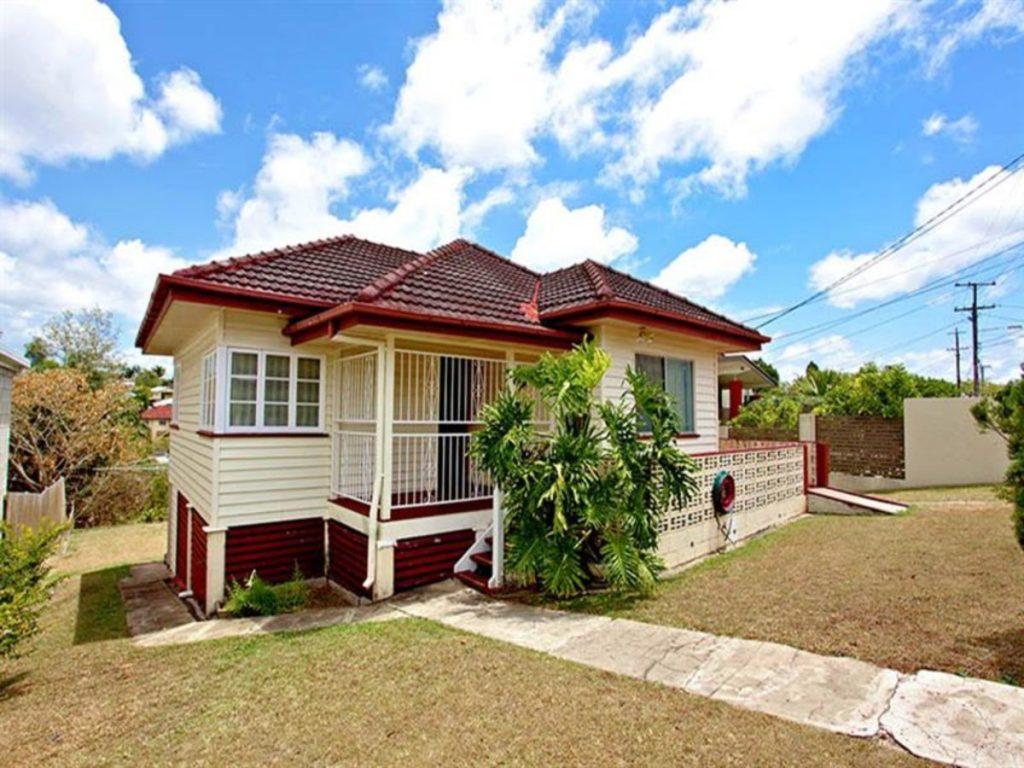 After the end of World War II, the world saw an increase in economic prosperity and technological advancements. This was reflected in the design of post-war houses, particularly in the kitchen. The kitchen, once seen as a purely functional and utilitarian space, became the heart of the home and a symbol of modernity.
After the end of World War II, the world saw an increase in economic prosperity and technological advancements. This was reflected in the design of post-war houses, particularly in the kitchen. The kitchen, once seen as a purely functional and utilitarian space, became the heart of the home and a symbol of modernity.
The Rise of the Modern Kitchen
 Post-war kitchen design
was heavily influenced by the modernist movement, which emphasized simplicity, functionality, and efficiency. This meant that kitchens were designed to be more streamlined, with built-in appliances and sleek, minimalistic cabinets. The focus was on creating a space that was easy to use and maintain, while also being aesthetically pleasing.
Post-war kitchen design
was heavily influenced by the modernist movement, which emphasized simplicity, functionality, and efficiency. This meant that kitchens were designed to be more streamlined, with built-in appliances and sleek, minimalistic cabinets. The focus was on creating a space that was easy to use and maintain, while also being aesthetically pleasing.
Innovation in Materials and Technology
Embracing Open Concept Living
 Another major shift in post-war kitchen design was the move towards open concept living. The traditional closed-off kitchen was replaced with open-plan layouts that allowed for a seamless flow between the kitchen and living spaces. This not only made the kitchen feel more spacious but also allowed for more social interaction between family members and guests.
Another major shift in post-war kitchen design was the move towards open concept living. The traditional closed-off kitchen was replaced with open-plan layouts that allowed for a seamless flow between the kitchen and living spaces. This not only made the kitchen feel more spacious but also allowed for more social interaction between family members and guests.
A Reflection of Society
 The design of post-war kitchens also reflected the changing roles and expectations of women in society. With more women entering the workforce, kitchens were designed to be more efficient and time-saving, allowing women to balance their domestic and professional responsibilities. This was also reflected in the marketing of kitchen appliances, which were marketed towards women as time-saving devices.
The design of post-war kitchens also reflected the changing roles and expectations of women in society. With more women entering the workforce, kitchens were designed to be more efficient and time-saving, allowing women to balance their domestic and professional responsibilities. This was also reflected in the marketing of kitchen appliances, which were marketed towards women as time-saving devices.
Conclusion
 In conclusion, the post-war era brought about significant changes in
kitchen design
. From the rise of modernism to the use of innovative materials and the embrace of open concept living, the post-war kitchen became a symbol of progress and modernity. While the design of kitchens has continued to evolve over the years, the influence of post-war kitchen design can still be seen in many modern homes today.
In conclusion, the post-war era brought about significant changes in
kitchen design
. From the rise of modernism to the use of innovative materials and the embrace of open concept living, the post-war kitchen became a symbol of progress and modernity. While the design of kitchens has continued to evolve over the years, the influence of post-war kitchen design can still be seen in many modern homes today.



